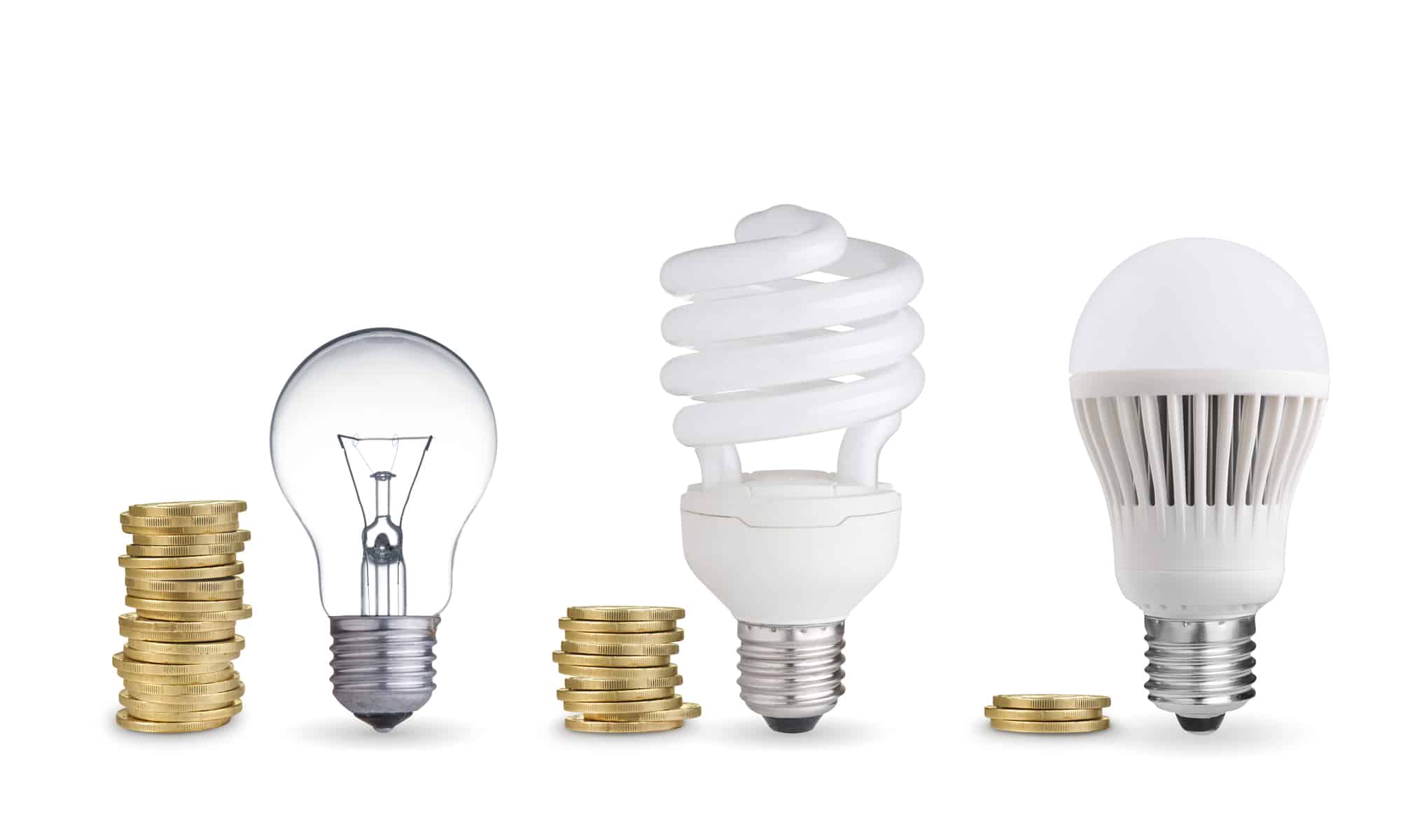
Today’s system for determining prices for water and energy are derived from cost-based capitalism. But, if we switch to value-based capitalism, energy and water efficiency might become more profitable. In today’s utility markets, which use cost-based capitalism, the prices of energy and water are determined by the costs for utilities to provide those resources. Utilities amortize the cost of large-scale electricity or water systems, include the cost of fuels and energy, add in a predetermined profit of typically 10%, and charge ratepayers an amount that will help them recover those costs. The cost-plus mentality has driven regulated-monopoly utilities for a century. In practice, this approach can discourage conservation or the implementation of newer, smaller, distributed technologies. And, because utilities make money from selling energy and water, they make more profits when consumers are wasteful.
Cost v Value-Based Systems
In cost-based systems, the utility sells kilowatt-hours of electricity and the customer converts it in the home to lumens of lighting. Most incandescent light bulbs have a 2% efficiency—emitting only 2 of every 100 watts consumed as useful light while shedding the remaining 98 as waste heat. A value-based model based on lumens encourages utilities to pressure or require consumers to conserve with efficient bulbs.
In value-based capitalism, companies charge based on the value of the service they provide rather than the cost of the capital they invested. Doing so provides an incentive for reducing investments and consumption to increase profit margins. In practice, instead of selling water for dishwashers, the water utility could sell a dishwashing service charged by the number of loads washed. Instead of selling electricity for lighting, the electrical utility could sell lighting services based on the number of lumens of lighting. Instead of selling electricity for water heaters, the electrical utility could sell electrically heated water priced by the volume of hot water used. In this model, utilities want to install the most efficient devices possible as a way to reduce how much energy they consume, thereby increasing profits. By switching to a value-based approach, utilities pursue efficiency as a way to make more money in a system where being wasteful is discouraged.
While customers could transition their habits and technology on their own, the increased capital investment of energy-efficient appliances and the general lack of knowledge in resourceful options and behaviors are two real barriers.1America’s Energy Future Panel on Energy Efficiency Technologies, Real Prospects for Energy Efficiency in the United States (Washington: The National Academies Press, 2010). By contrast, the utilities have both the expertise to know which options are available and the capital necessary to install more expensive, but also more efficient, items.
Practically, in the cost-based model, customers use inefficient devices and the utility’s money and expertise remains untapped. For the value-based model, utilities invest substantially in efficient devices on behalf of their consumers or provide financial incentives to customers for their upgrades. Customers, utilities, and the environment all benefit from value-based systems.
The efficiency of a light source depends on its efficacy—the amount of light (lumens) created per amount of energy used (watts). The theoretical maximum is 683 lumens per watt.
Image Credits: Chones/Shutterstock.com.
Update your browser to view this website correctly.Update my browser now